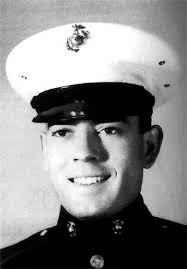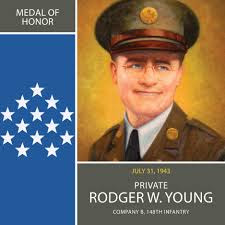Review by Bill Doughty
Some isms are based in fear, hate, anger, paranoia, and ignorance. They take hold because they operate in emotional shadows rather than in the light of logic. McCarthyism is worth studying because of obvious parallels that would eventually be revealed nearly seven decades later in Trumpism.
Far from being a caricature, Senator Joe McCarthy, junior Republican senator from Wisconsin through most of the 1950s, was “more layered and counterintuitive than the two-dimensional demagogue enshrined in history.”
Author Larry Tye gives a colorful biography of the senator with new information from recently revealed personal and professional papers, financial files, previously sealed Senate subcommittee testimony, and medical records from Bethesda Naval Hospital.
“Demagogue: The Life and Long Shadow of Senator Joe McCarthy” (Houghton Mifflin Harcourt, 2020) shows that McCarthy was a hard-working “whizkid” entrepreneur and good student at Marquette University who became an attorney and circuit court judge and then a United States Marine before campaigning (while in uniform) for the U.S. Senate.
Some family members and friends knew McCarthy as tender and supportive in private. But his public persona was one of “a tyrant who recognized no restraints and would do anything –– anything –– to win.” He blamed his “roughness in fighting the enemy to his training in the Marine Corps.”
“Barely three years into Joe’s judicial term, the Empire of Japan sucker punched the United States of America, unleashing a crippling assault on the naval fleet at Pearl Harbor and letting loose a stampede of American boys raring to pound back. Judges like Joe, however, were deemed to be doing their part already, and most watched from the sidelines with nobody doubting their manliness or their patriotism. That was not enough for Joe McCarthy. He believed in public service, which was one reason he’d run twice for office at Marquette and two more time soon after graduation. He was also unabashedly ambitious, which had him eyeing Carl Zeidler, the wunderkind mayor of Milwaukee, who could someday be a rival for statewide office and who, in early 1942, scored page-one headlines by enlisting in the Navy. There was always more than one thing driving Joe, and now it was defending his country and one-upping his imagined opponent. The way to do that, he reasoned, was to sign on with the most hallowed of the armed services: the leathernecks of the US Marines.”
Military records show McCarthy joined as a first lieutenant, but in “his first wartime fib” he claimed he joined as a “buck private.” McCarthy would lie about a leg injury he claimed to receive in combat but which he actually got 600 miles away, slipping and falling as a “pollywog” in a crossing-the-equator initiation aboard USS Chandeleur (AV-10). There were other embellishments and distortions about his time in uniform.
McCarthy in the Marines
McCarthy’s active duty service lasted only 29 months, and the Marine Corps accepted his resignation March 29, 1945, just before the battles of Iwo Jima and Luzon. McCarthy then returned to the circuit court bench in full military dress uniform and accelerated his campaign for the Senate.
Joe McCarthy and Donald Trump are different in some obvious ways: military service (Trump avoided the draft); family origins (Trump was born rich but McCarthy started as a chicken farmer); complicated relationship with the FBI (McCarthy was friends with Hoover, while Trump fired FBI directors); views on Russia and the Soviet Union (although both opposed communism); and alcohol consumption (McCarthy died of the effects of severe alcoholism, but Trump claims not to drink alcohol).
But McCarthy/Trump parallels, as revealed in “Demagogue,” are astounding –– and plentiful:
















